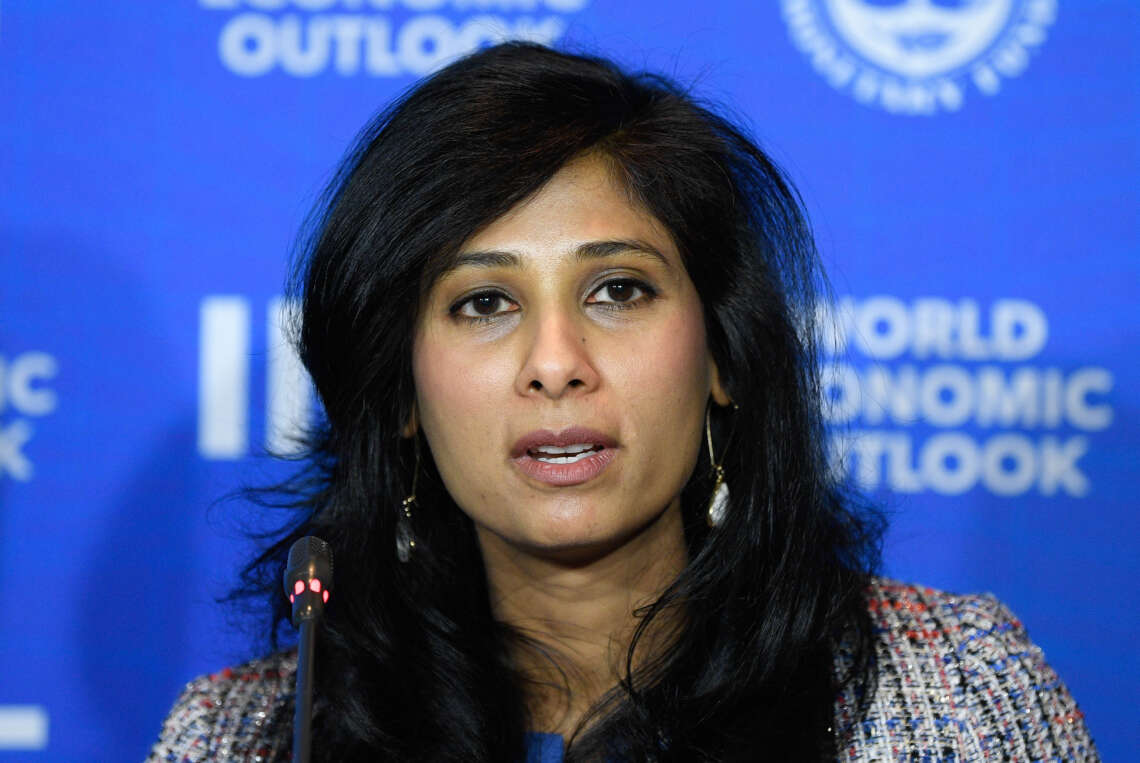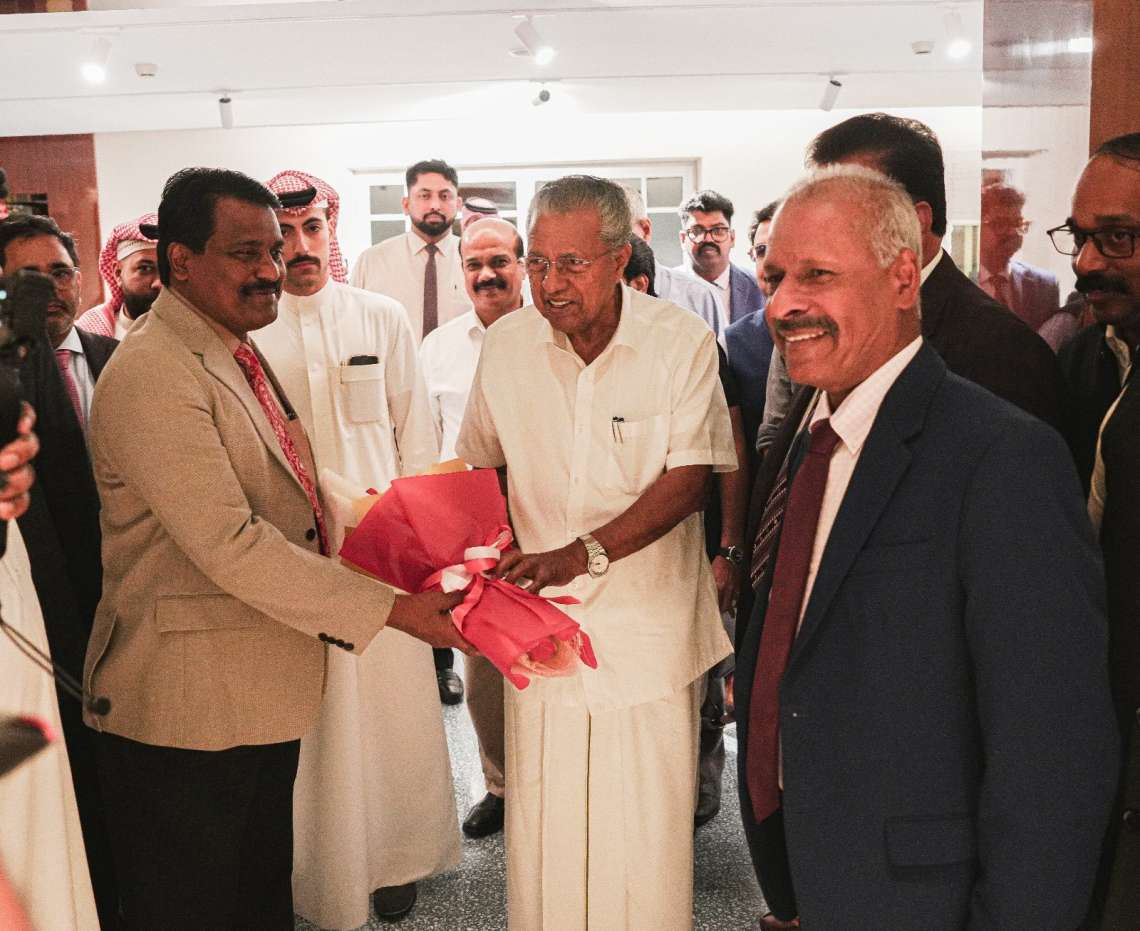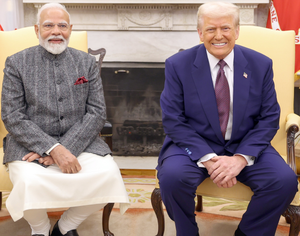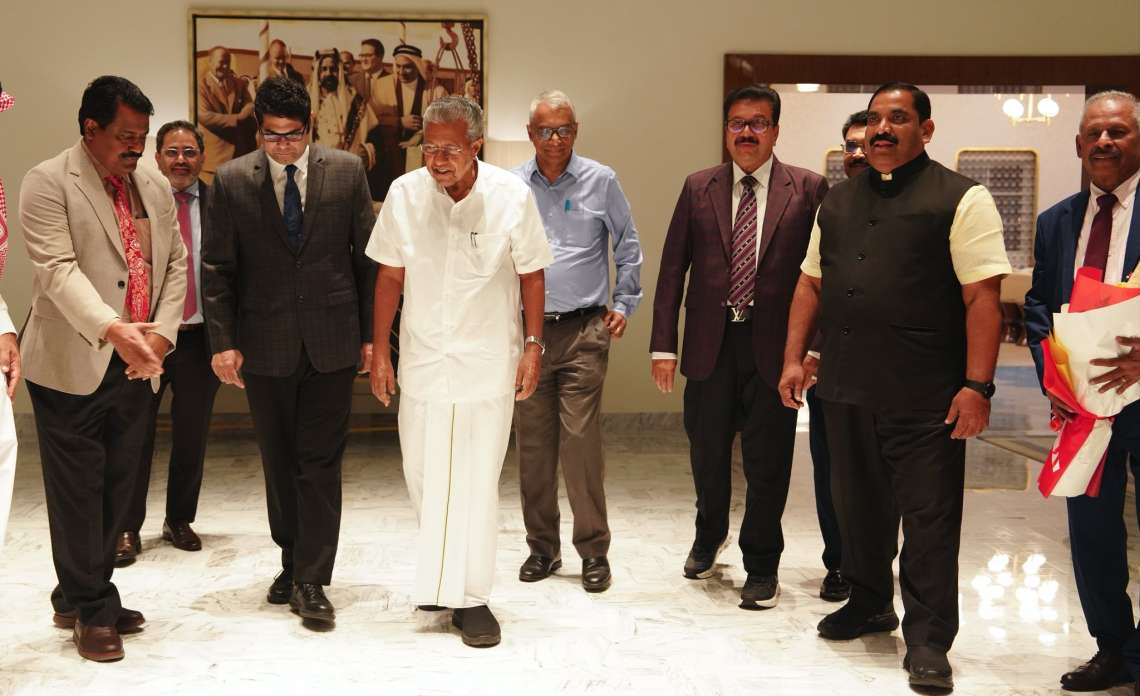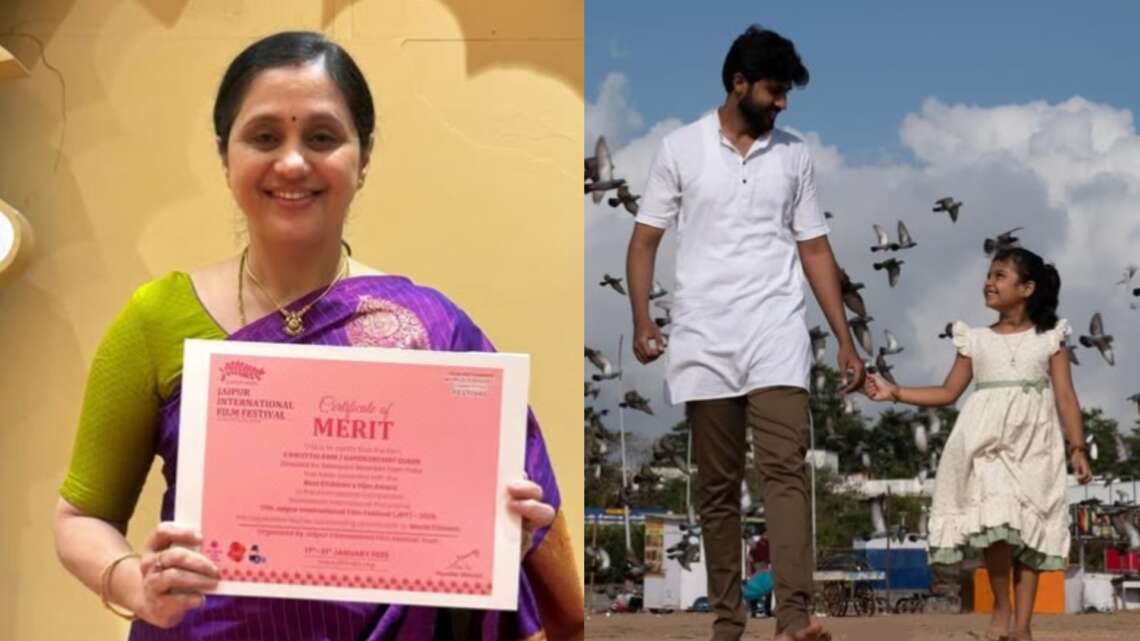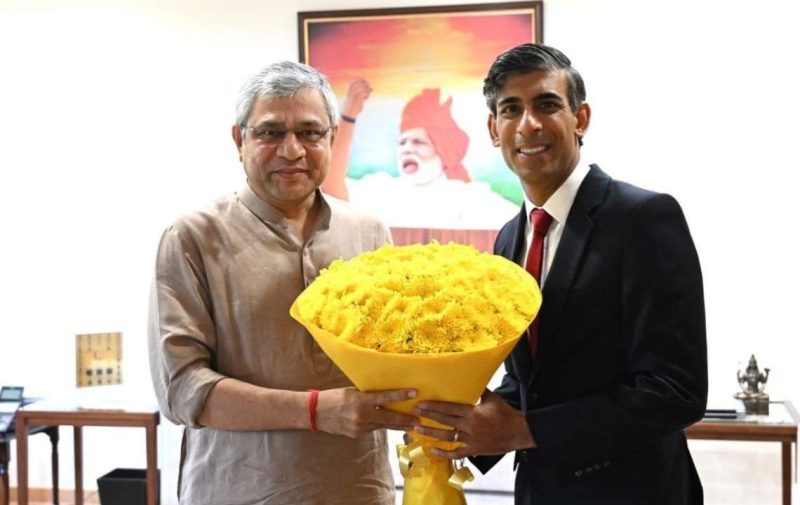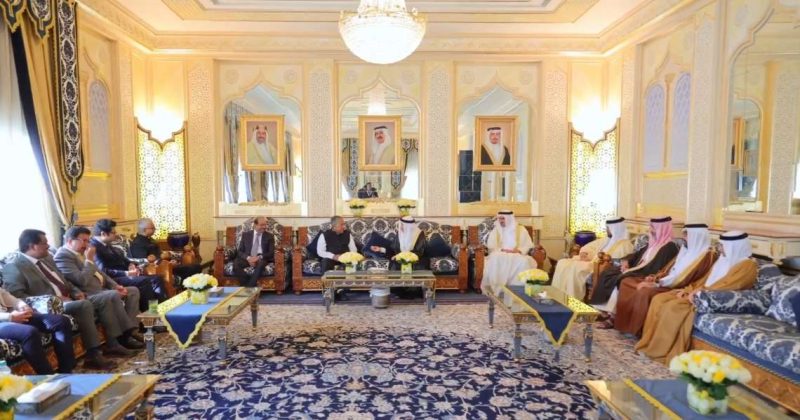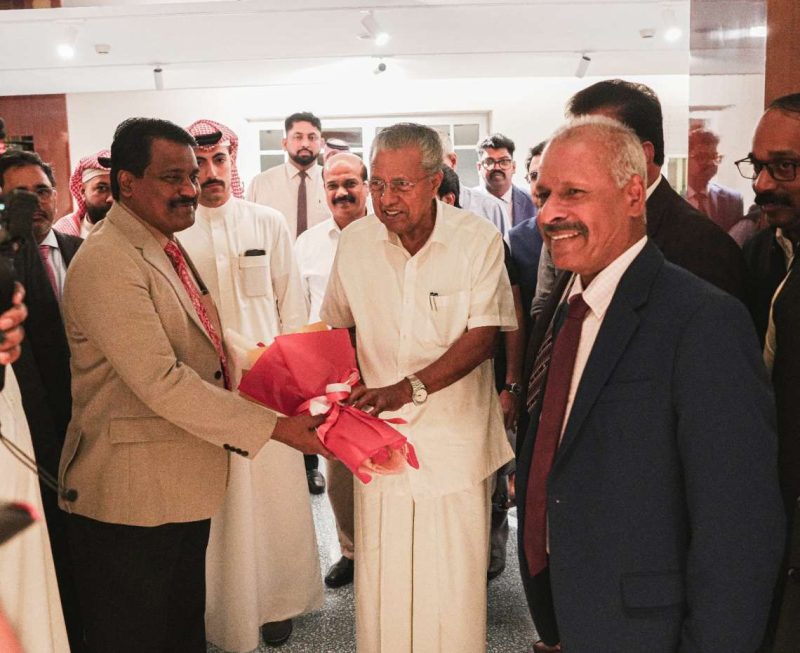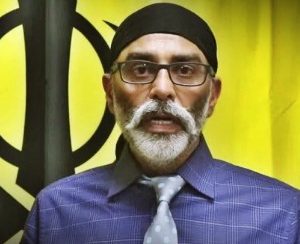Gopinath also observed that the world economy was growing at a steady pace of 3.3 per cent, but there were divergences among major economies….reports Asian Lite News
India remains the world’s fastest-growing major economy, but achieving its goal of becoming a $10 trillion developed economy by 2047 will require much deeper structural reforms, says IMF Deputy Managing Director Gita Gopinath.
The recent moderation in India’s growth trajectory was due to a slowdown in public investments as the election process was underway, she pointed out.

“We expect public investments to bounce back and rural consumption to strengthen. However, to achieve higher, durable growth, India needs to maintain its focus on public infrastructure investments, ensure timelines are met, improve ease of doing business, and integrate more strongly into global supply chains by cutting some taxes,” Gopinath said in an interview to NDTV.
“India has an ambitious goal of becoming a $10 trillion economy by 2047 which is a long way off, while the world isn’t stationary. Achieving this goal will require much bigger structural reforms than what we’ve seen in the last decade,” the IMF deputy chief said.
Gopinath also observed that the world economy was growing at a steady pace of 3.3 per cent, but there were divergences among major economies.
The US economy is strong, while Europe is facing challenges. China is facing issues of its own, and needs to address its property sector and boost domestic demand,” she pointed out.
Gopinath attributed the sustained growth in the US to public spending and productivity improvements.
The US economy has been powering along for a few years now. New policies by the new Donald Trump administration need to be assessed, but there’s a significant positive sentiment reflected in stock market performance and capital inflows, she pointed out.
Increasing geopolitical tensions and trade policy globally are critical factors governments worldwide will need to address to ensure balanced growth, Gopinath added.
The Indian economy is estimated to grow at 6.4 per cent, the slowest pace in four years as per the government’s first advance estimates. GDP grew at 5.4 per cent in the second quarter of the ongoing fiscal – the slowest pace in seven quarters, led by slower growth across the industrial sector.
India’s economic growth, which slowed to 5.4 per cent in the second quarter, is poised to rebound as domestic demand regains strength reflecting resilience in consumption, supported by brighter agricultural prospects, according to RBI economists.
Global trade is expected to improve, with volume expansion somewhat higher in 2025 than in the year gone by, although the persistence of geopolitical risks and the looming threats of a more protectionist environment overcast these expectations with high uncertainty, according to the assessment.
ALSO READ: Bangladesh on Trump’s Radar
ALSO READ: National recognition for H&F’s inclusive services


